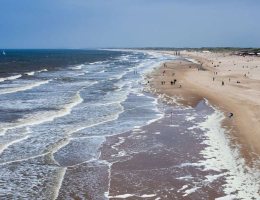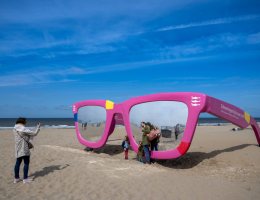The sun shines. Day at the beach. Parasol, towel, food and drink, sunscreen, everything you need to enjoy the sea! Delicious isn't it? We are happy to give you some tips on how to do it safely!
Tips for a safe day at the beach
- Go for a swim when there is lifeguard (you can recognize this by the red-yellow flags on the beach)
- Look at the color of the flag
- Always go into the sea with someone
- Go into the sea up to knee height
- Do you have a question? Go to a rescue station
- Sit near a recognizable beach pole
- Give your child a wristband with your details
- Never go into the sea alone Never go into the sea
- with an air mattress
- Do not go into the sea if you can't swim
Lost child - point out the Miffy poles to your kids
Children can easily get lost on crowded beaches. Give your child a wristband with the name and with your (mobile) telephone number or place on the beach. You pick up a free wristband at 1 of the beach posts. Agree on a fixed spot on the beach, for example the 'Miffy poles' or beach pavilions. Is your child missing for 15 minutes or more? Report this to the rescue brigade or the police. Lost children are often taken here.
Follow live information on Twitter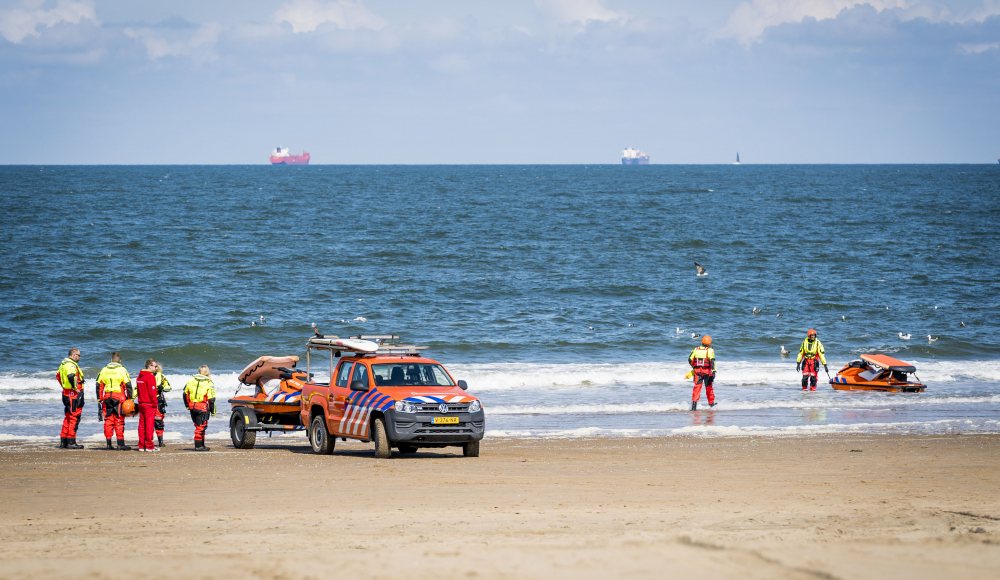
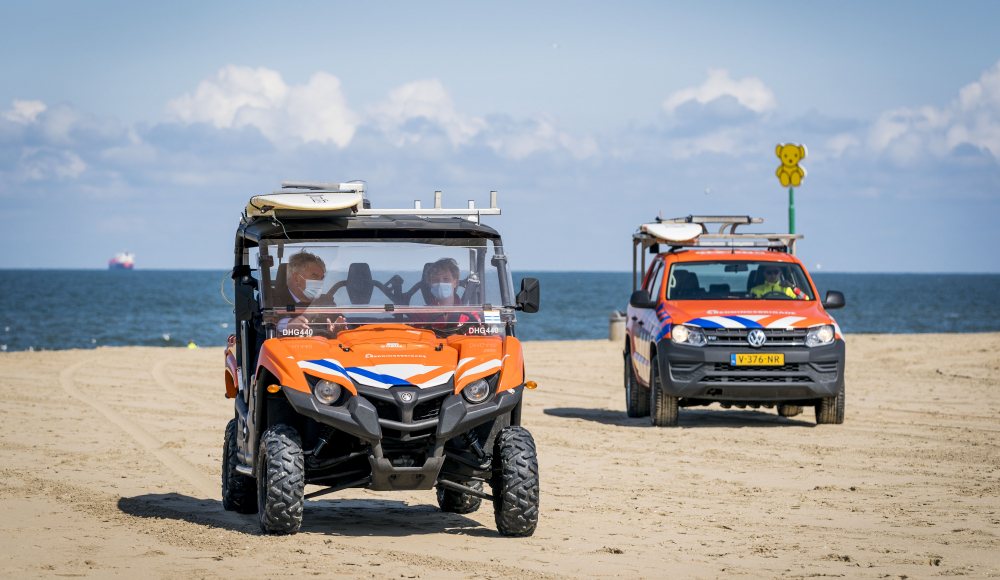
Beach security
The lifeguards of the Haaglanden Safety Region (VRH) and the Hague Voluntary Rescue Brigade (HVRB) ensure the safety of beach visitors, water sports enthusiasts and swimmers on the beaches of The Hague! Lifeguards ensure your safety during a day at the beach in Scheveningen, on the Zuiderstrand and at Kijkduin.
Where are the beach security posts?
- Strandpost 2 Kop Kijkduin, Deltaplein
- Strandpost 3 Duindorp, Duivelandsestraat
- Strandpost 4 Seinpostduin, Keizerstraat
- Strandpost 5 Scheveningse Boulevard, near the Pier
What do to the flags on the beach in The Hague mean?
During a day at the beach or at the water you often see different colored flags fluttering at the post of the Rescue Brigade. But what exactly do those flags mean? Before you lie down on your towel, check which flag has been hoisted!
Below is a list of the meaning of the flags of the Rescue Brigade.
- The red-yellow flags: If you see the red-yellow flag, it means that lifeguards are present at the lifeguard stations. They supervise and watch over the safety of beachgoers.
- The yellow flag: If you see the yellow flag, the sea is dangerous. Bathing or swimming is discouraged. This is usually because there is a strong wind or strong current. Be extra careful when entering the sea and do not go further than your knees.
- The red flag: If you see the red flag, the sea and weather conditions are very dangerous. This happens when there is a (very) strong current, high waves or when there is a (threat of) thunderstorm. Bathing or swimming is strongly discouraged, do not enter the sea.
- The purple flag: If you see the purple flag, there may be polluted (sea) water, dangerous (sea) animals and/or vermin. Do not bathe or swim, do not go into the sea.
- The orange flag: If you see the orange flag, the wind is towards the sea (offshore wind). The orange flag indicates that bathing and swimming are allowed, but the use of buoyancy aids (such as dinghies, air mattresses, swimming rings) is not. There is a danger of drifting too far from shore and not being able to swim back
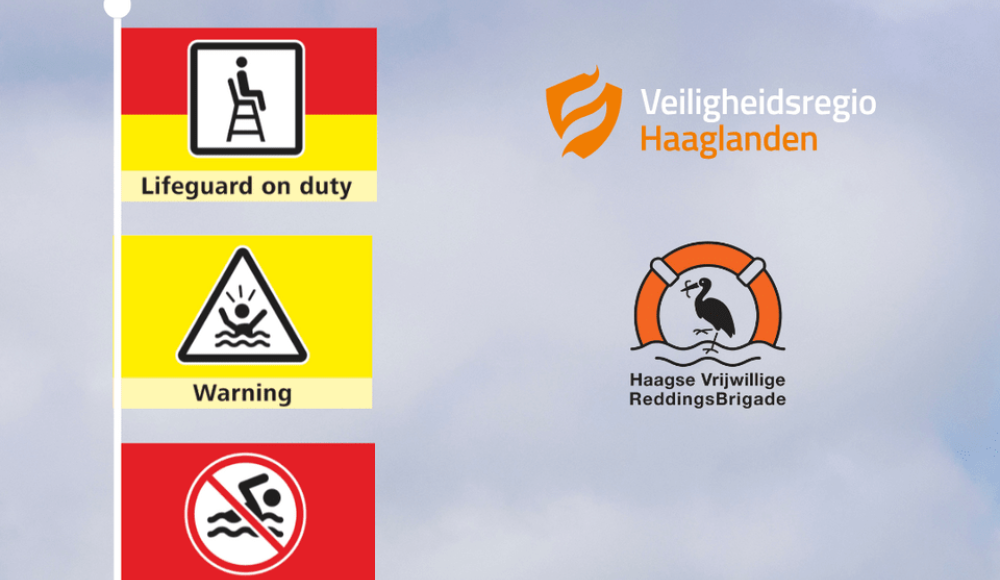

The above warning flags are used by lifeguards along the Hague beach




